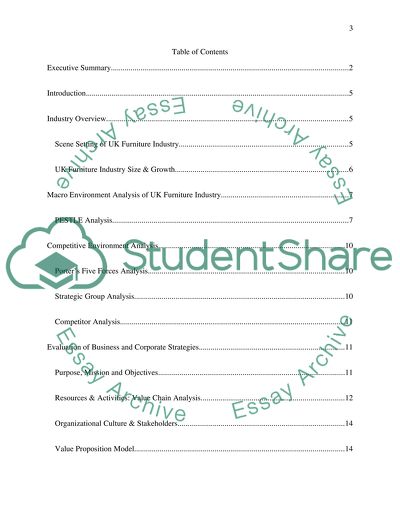Cite this document
(“Strategy Context Report : IKEA Essay Example | Topics and Well Written Essays - 3000 words”, n.d.)
Strategy Context Report : IKEA Essay Example | Topics and Well Written Essays - 3000 words. Retrieved from https://studentshare.org/marketing/1488265-strategy-context-report-ikea
Strategy Context Report : IKEA Essay Example | Topics and Well Written Essays - 3000 words. Retrieved from https://studentshare.org/marketing/1488265-strategy-context-report-ikea
(Strategy Context Report : IKEA Essay Example | Topics and Well Written Essays - 3000 Words)
Strategy Context Report : IKEA Essay Example | Topics and Well Written Essays - 3000 Words. https://studentshare.org/marketing/1488265-strategy-context-report-ikea.
Strategy Context Report : IKEA Essay Example | Topics and Well Written Essays - 3000 Words. https://studentshare.org/marketing/1488265-strategy-context-report-ikea.
“Strategy Context Report : IKEA Essay Example | Topics and Well Written Essays - 3000 Words”, n.d. https://studentshare.org/marketing/1488265-strategy-context-report-ikea.


